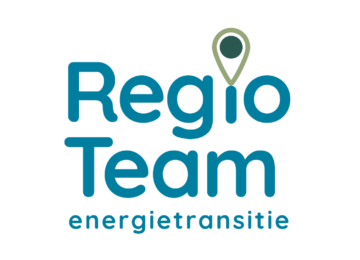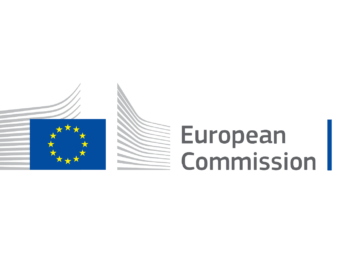ESNL responds to Draft decision on transmission request prioritization space ACM
On June 26, the Authority Consumer & Market (ACM) published the draft version of the new social prioritization framework. This framework will determine the order of connection (allocation of transmission capacity) in case of grid congestion from January 1, 2026 and will replace the current system. The aim is to classify queues on the electricity grid in a smarter and more socially desirable way.
The prioritization framework has the following categories, from high to low priority:
Category 1:
Congestion mitigators: remains unchanged. Parties that reduce congestion retain priority, provided they have a contract with the grid operator.
Category 2:
Security: expanded to include functions such as customs, waste collection, power grids, telecom, road safety (road, water, rail) and providers of highly sensitive technology.
Category 3:
Basic services: expanded to include collective living, weighted housing connections and public transportation. Governments can request earlier priority for educational functions, such as based on environmental or housing plans.
While energy storage is still considered congestion mitigation, and thus remains in the highest category, the ACM is specifically seeking input on the order of treatment within this category. Now "first come, first served" (FCFS) applies, but the ACM is considering allowing grid operators to deviate from this. For example, they could give priority to certain congestion sitters based on transparent and objective criteria, such as cost, amount of capacity freed up or connection to flexibility needs at a specific station, provided this is done in a non-discriminatory manner.
The ACM asked three questions about this:
a. Is it appropriate to abandon FCFS for congestion relievers?
b. Should network operators themselves establish transparent and objective criteria for the order of allocation?
c. What is a good practice for providing capacity in a non-discriminatory manner?
ESNL gathered input from members, drafted a joint response and sent it to the ACM. The ACM has indicated that our views will be taken into account in the drafting of the final code decision.
View the ACM's draft prioritization framework here
View ESNL's response to the ACM's draft prioritization framework here
Latest News
 News
News
Response from the regional energy transition team to the draft policy on large-scale battery storage in Flevoland
December 23, 2025 News
News
Compliment of the month: Provincial Council of Gelderland
December 18, 2025 News
News


